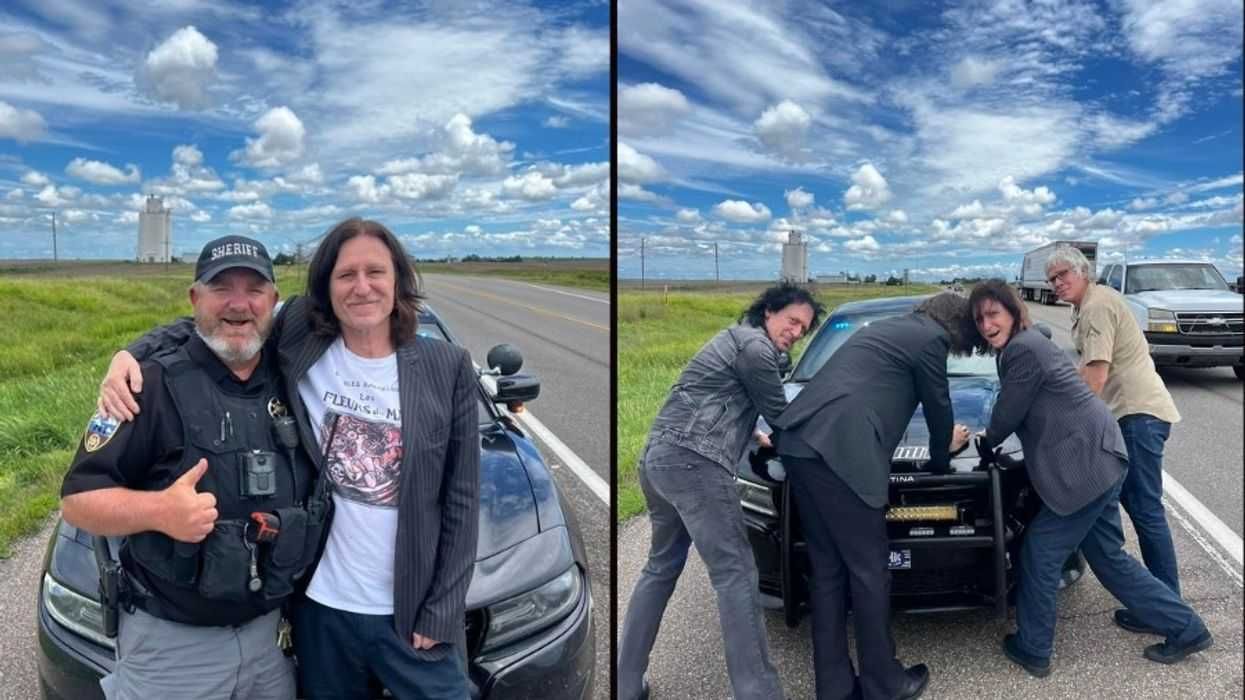Public transportation can be tricky to navigate, with a mass of people rushing in different directions and all the many misleading signs. For the visually impaired, though, this hassle is almost a nightmare.
In the London Tube, as described by Wired, the blind require assistance to navigate their way to the platform (and mind the gap), and a transit worker to meet them at the other end. This is sufficient, but it’s certainly not an ideal situation. The visually impaired and legally blind want independence, not dependence, in their everyday lives, especially to commute using public transportation.
This challenge inspired the Royal London Society for Blind People to team up with design firm Ustwo and create Wayfindr, a Bluetooth enabled beacon system to guide people who are blind or visually impaired through the London Underground.
The team recently completed a four-week test in Pimlico Station, situated in the Southeast of London. Looking ahead, they hope to expand the app to work in larger stations and create a citywide network for the blind to navigate all routes on the Tube independently.
From the start, Ustwo’s team, led by Umesh Pandya and Maya Bonkowski, knew they wanted to utilize beacon technology to create the project. The beacons are small radios, powered by Bluetooth Low Energy, that interact with each other and the smart phone to figure out where someone is standing or walking. Ustwo used Estimote off-the-shelf beacons, which in-turn kept operating costs low.
The team’s more difficult challenge was figuring out how to best communicate the location information to the user with the smart phone app. Firstly, the group wanted to create a system that could act as a standard for other developers to mimic and build their own applications. This required thinking on concepts like: “How would the structure of a sentence be put together, how much information can a vision impaired person take on?” Pandya told Wired. “Do they need any other sounds to let them know the notification is coming?”
These nuances, especially word choice, aren’t initially apparent when designing a system for the visually impaired. For example, “diagonal” is pretty unhelpful for someone who can’t see the opposite corner and move accordingly. As a result, Ustwo used simpler directions, like “left” and “right,” so people could understand how they needed to move in the space. Distance was also a tricky matter- 10 meters is hard to gage when there’s no relative comparison for people who can’t see length.
Another learning experience for the designers was the number of beacons needed to create the network. Their initial estimate was around 50, but after testing, they realized that only 25 were needed to give play-by-play directions. Conversely, they initially programmed the beacons’ signal pulse to once a second but changed it to 10 times a second in order to give the most up to date location data.
As it turns out, visually impaired people are already pretty good at understanding and sensing their surroundings through the use of canes, guide dogs, and extensive experience listening closely to their environment. “People find their way without absolute, specific instructions,” Bonkowski explained to Wired. “It was actually really interesting to see—it gave us the flexibility to make the system less rigid, more of a guide, more of a hinting system.”
While Wayfindr will undoubtedly be useful for the blind, Katherine Payne, of the Royal London Society for Blind People, told Wired that most of the initial testers said that they thought they’d only use the app for the first 10 trips and would be able to navigate on their own after that. Creating a heightened sense of independence is very important to help make the blind’s lives easier, but it also challenges people’s assumptions about them.
“[People] aren’t seeing blind people being guided around anymore,” says Payne. “They’re actually seeing that blind people can go everywhere, same as everyone else.”
Watch the video below to see how Wayfindr works:
















 Otis knew before they did.
Otis knew before they did.